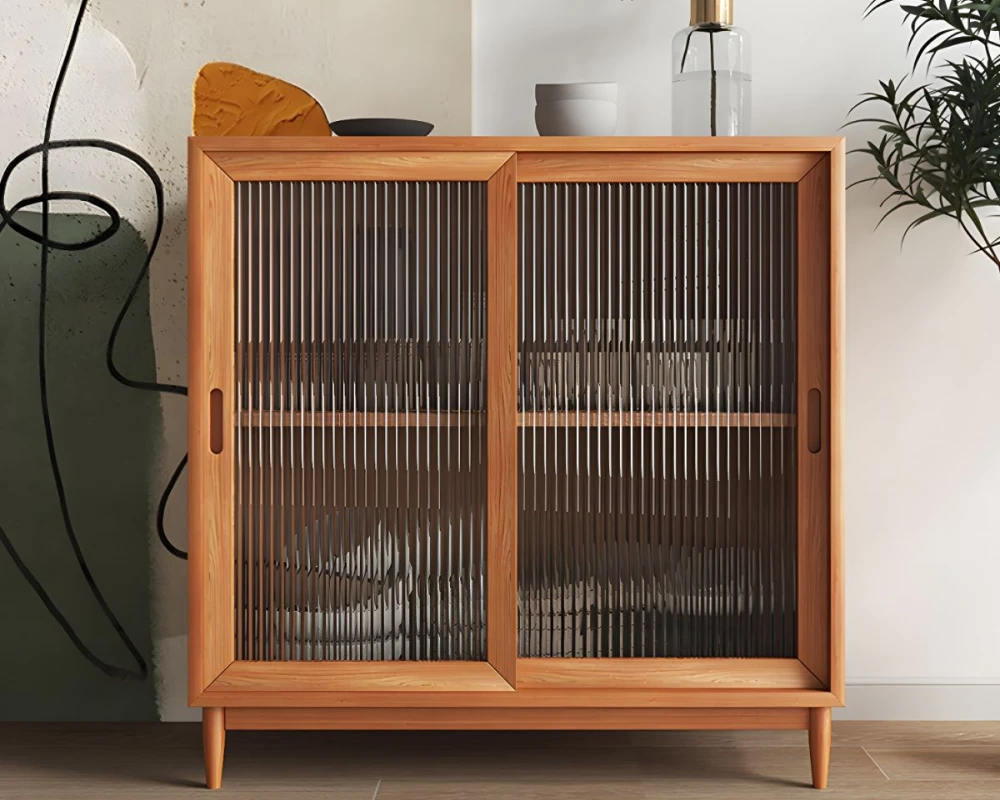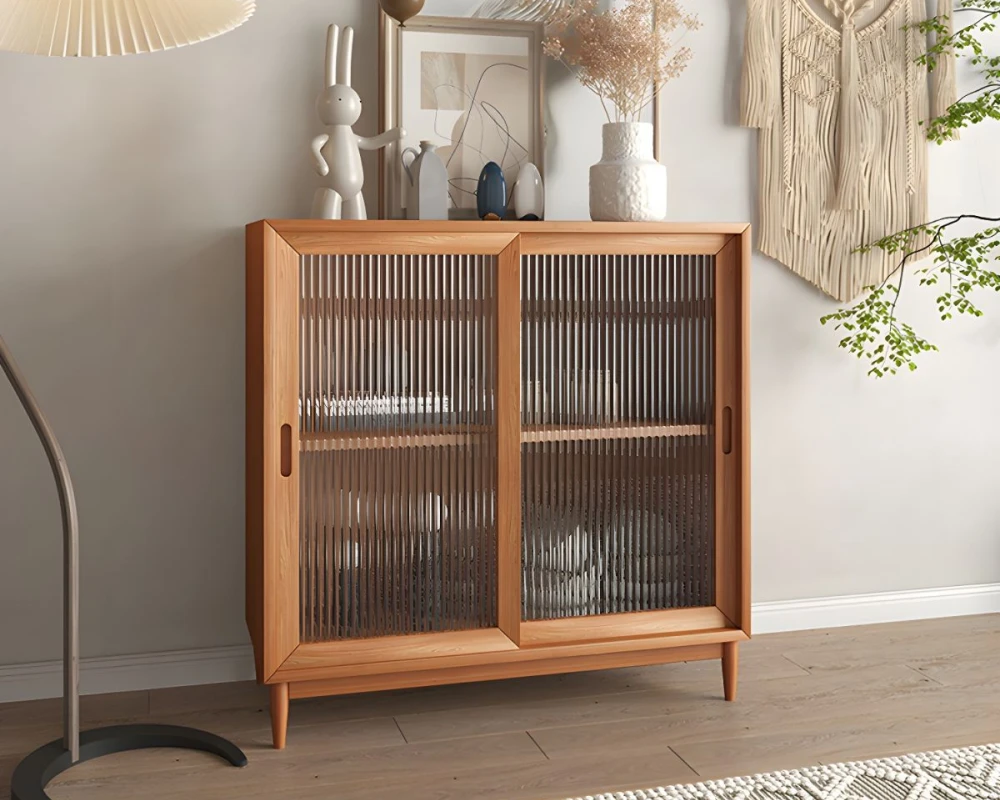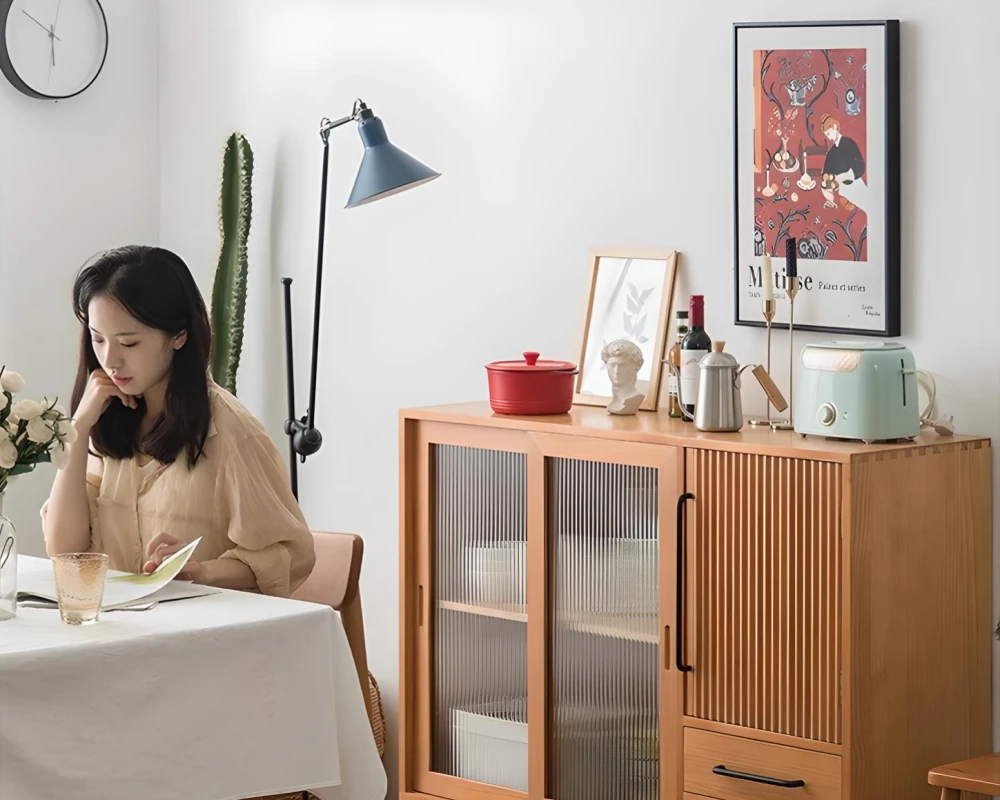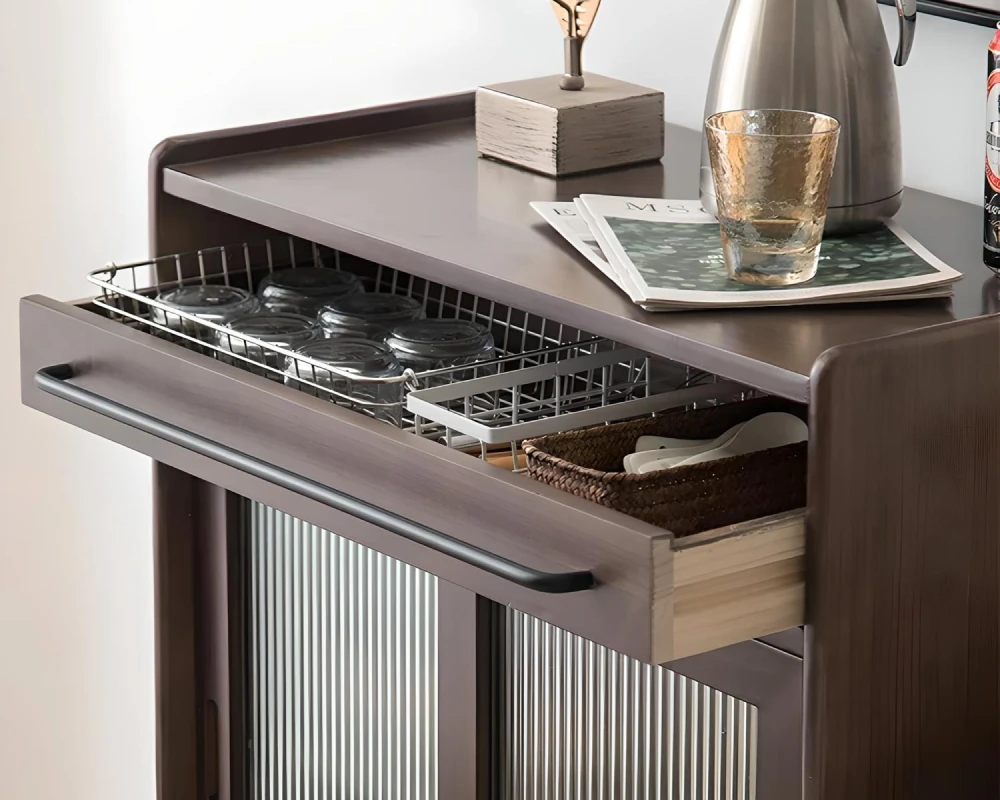Distinguishing Features: What is the Difference Between a Sideboard and a Buffet?

In the realm of furniture, terms like sideboards and buffets are often used interchangeably. However, understanding what is the difference between a sideboard and a buffet can help you make informed decisions when selecting pieces for your home.
What is the Difference Between a Sideboard and a Buffet: The Functionality Aspect of Sideboards vs Buffets

A key factor in discerning what is the difference between a sideboard and a buffet lies in their functionality. Traditionally, both were designed to provide extra storage space in dining rooms or kitchens.
Anatomy 101: The Structural Differences
The physical characteristics also play into answering ‘what is the difference between a sideboard and buffet’. Typically, buffets have longer legs compared to sideboards which usually sit directly on the floor or have very short legs.
Fashion Meets Function: Style Variations

Beyond structure and function, style variations further define what is the difference between sideboards versus buffets. For instance, Modern Minimalist Sideboard is a great example of how sideboards can blend functionality and aesthetics.
Optimizing Your Space: Strategic Placement
The placement within your home also contributes to the understanding of what is the difference between a sideboard and a buffet. Buffets are typically found in dining areas while sideboards can be versatile, fitting into various spaces like hallways or living rooms.
Making the Right Choice: Tips for Selection
Selecting between sideboards and buffets depends on several factors including space availability, storage needs, style preferences, and budget constraints. Always consider these aspects before making your choice.
What is the Difference Between a Sideboard and a Buffet: The Modern Approach
The modern approach to interior design has blurred some lines regarding what is the difference between a sideboard and buffet. Many contemporary pieces merge elements from both types of furniture creating unique hybrid designs that offer enhanced versatility.
Remember, understanding what is the difference between a sideboard and a buffet can open up new possibilities for your home decor. Happy decorating!
Understanding the History: Origins of Sideboards and Buffets
The historical roots of these furniture pieces also play a role in determining what is the difference between a sideboard and a buffet. Both originated in Europe, but at different times and for distinct purposes.
Sideboards: A Snapshot
A sideboard, traditionally referred to as a ‘credence’, emerged during the Middle Ages. It was used to store food before serving, contributing to its modern use as an additional storage unit in dining rooms or kitchens.
Buffets: An Overview
In contrast, buffets were introduced later around the 19th century. Initially designed for displaying dishes during large parties or gatherings, they have now evolved into versatile pieces that can be adapted according to individual needs and preferences.
What is the Difference Between a Sideboard and a Buffet: Maintenance Tips

Maintaining your sideboard ensures their longevity. Regular dusting with non-abrasive cleaners keeps them looking fresh while avoiding exposure to extreme temperatures prevents warping or cracking over time.
By understanding what is the difference between a sideboard, you can make an informed decision that complements your home decor while meeting your specific needs. Here’s to creating a beautiful, functional space!



















Leave a comment